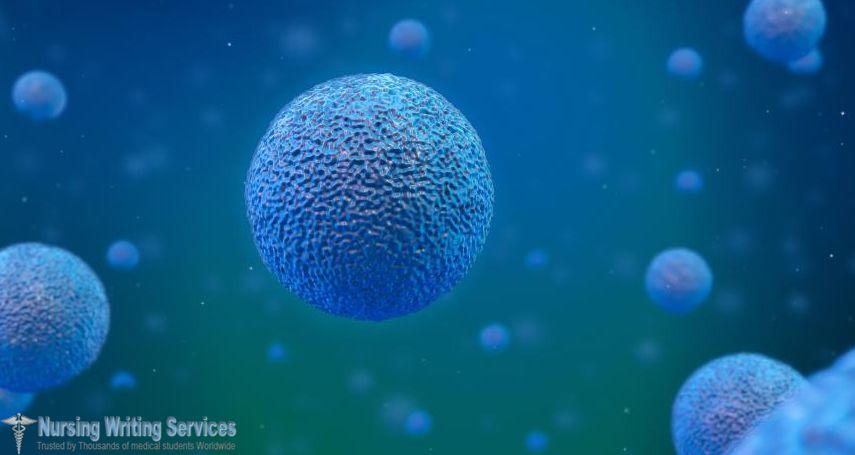venom derived drugs
Creepy crawlers scare humans, and they either run or kill anything that has more than 4 legs, glistening eyes, exhibits a stinger or protruding fangs. However, science has a different story because it shows that that venomof the natural world hasa potential for safe medicinal treatments and cures but after harvesting.
Researchers have investigated and found venom from spiders and other animals has therapeutic effects for a variety of poisons from insect and animal bites. When put into the right use, the poisons that can kill have properties that help to save the lives.






